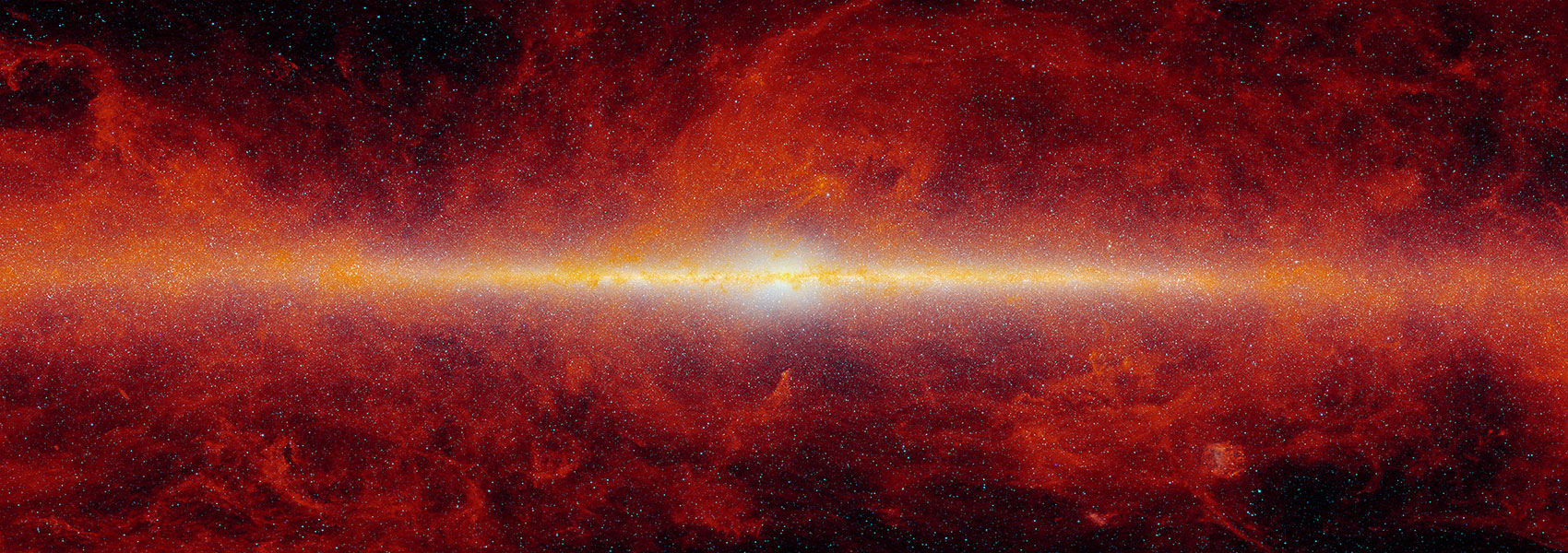
Between the Extremes: A JWST Spectroscopic Benchmark for High-redshift Galaxies Using ∼500 Confirmed Sources at z ≥ 5
December 2024 • 2024ApJ...976..193R
Abstract • The exceptional spectra of the most luminous z > 10 sources observed so far have challenged our understanding of early galaxy evolution, requiring a new observational benchmark for meaningful interpretation. As such, we construct spectroscopic templates representative of high-redshift, star-forming populations, using 482 confirmed sources at z = 5.0‑12.9 with JWST/NIRSpec prism observations, and report on their average properties. We find z = 5‑11 galaxies are dominated by blue UV continuum slopes (β = ‑2.3 to ‑2.7) and reduced Balmer indices, characteristic of dust-poor and young systems, with a shift towards bluer slopes and younger ages with redshift. The evolution is mirrored by ubiquitous C III] detections across all redshifts (rest-frame equivalent widths of 5‑14 Å), which increase in strength towards early times. Rest-frame optical lines reveal elevated ratios (O32 = 7–31, R23 = 5–8, and Ne3O2 = 1‑2) and subsolar metallicities (log(O/H) = 7.3‑7.9), typical of ionization conditions and metallicities rarely observed in z ∼ 0 populations. Within our sample, we identify 57 Lyα emitters, which we stack and compare to a matched sample of nonemitters. The former are characterized by more extreme ionizing conditions with enhanced C III], C IV, and He II + [O III] line emission, younger stellar populations from Balmer jumps, and a more pristine interstellar medium seen through bluer UV slopes and elevated rest-frame optical line ratios. The novel comparison illustrates important intrinsic differences between the two populations, with implications for Lyα visibility. The spectral templates derived here represent a new observational benchmark with which to interpret high-redshift sources, lifting our constraints on their global properties to unprecedented heights and extending out to the earliest of cosmic times.
Links
- PREPRINT http://arxiv.org/abs/2403.07103
- NED https://ned.ipac.caltech.edu/uri/NED::InRefcode/2024ApJ...976..193R
- ELECTR https://doi.org/10.3847/1538-4357/ad85d3
- SIMBAD https://simbad.u-strasbg.fr/simbad/sim-ref?querymethod=bib&simbo=on&submit=submit+bibcode&bibcode=2024ApJ...976..193R
- PDF https://iopscience.iop.org/article/10.3847/1538-4357/ad85d3/pdf
- DATA https://archive.stsci.edu/mastbibref.php?bibcode=2024ApJ...976..193R
- DATA https://archive.stsci.edu/mastbibref.php?bibcode=2024ApJ...976..193R
- DATA https://doi.org/10.17909/j4rg-3f57



